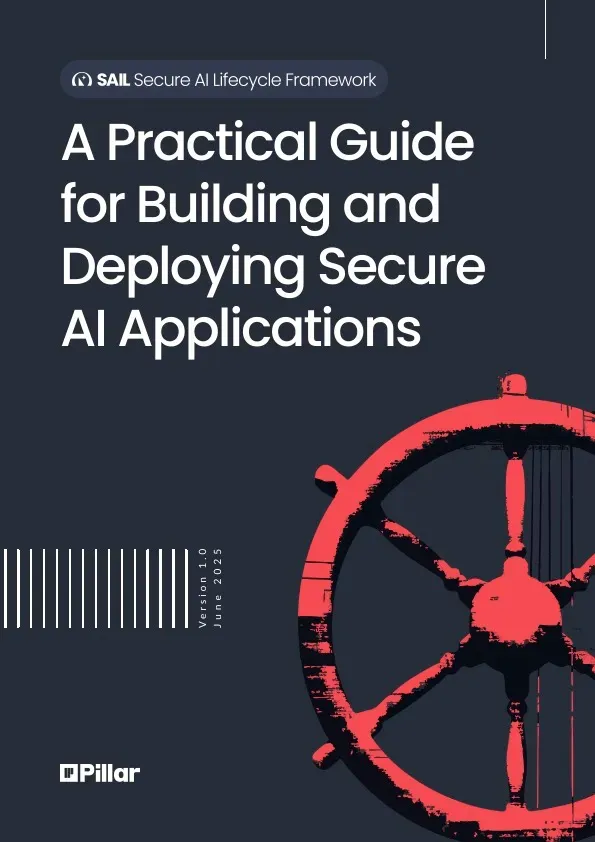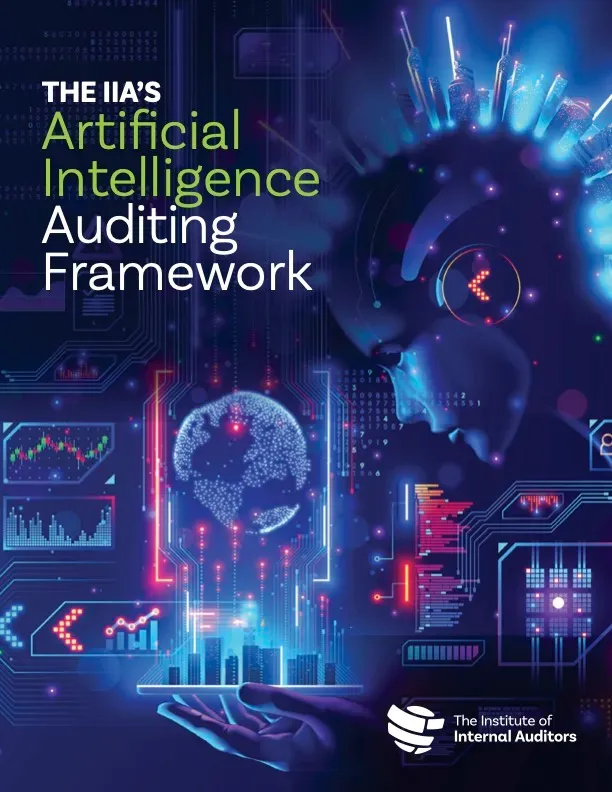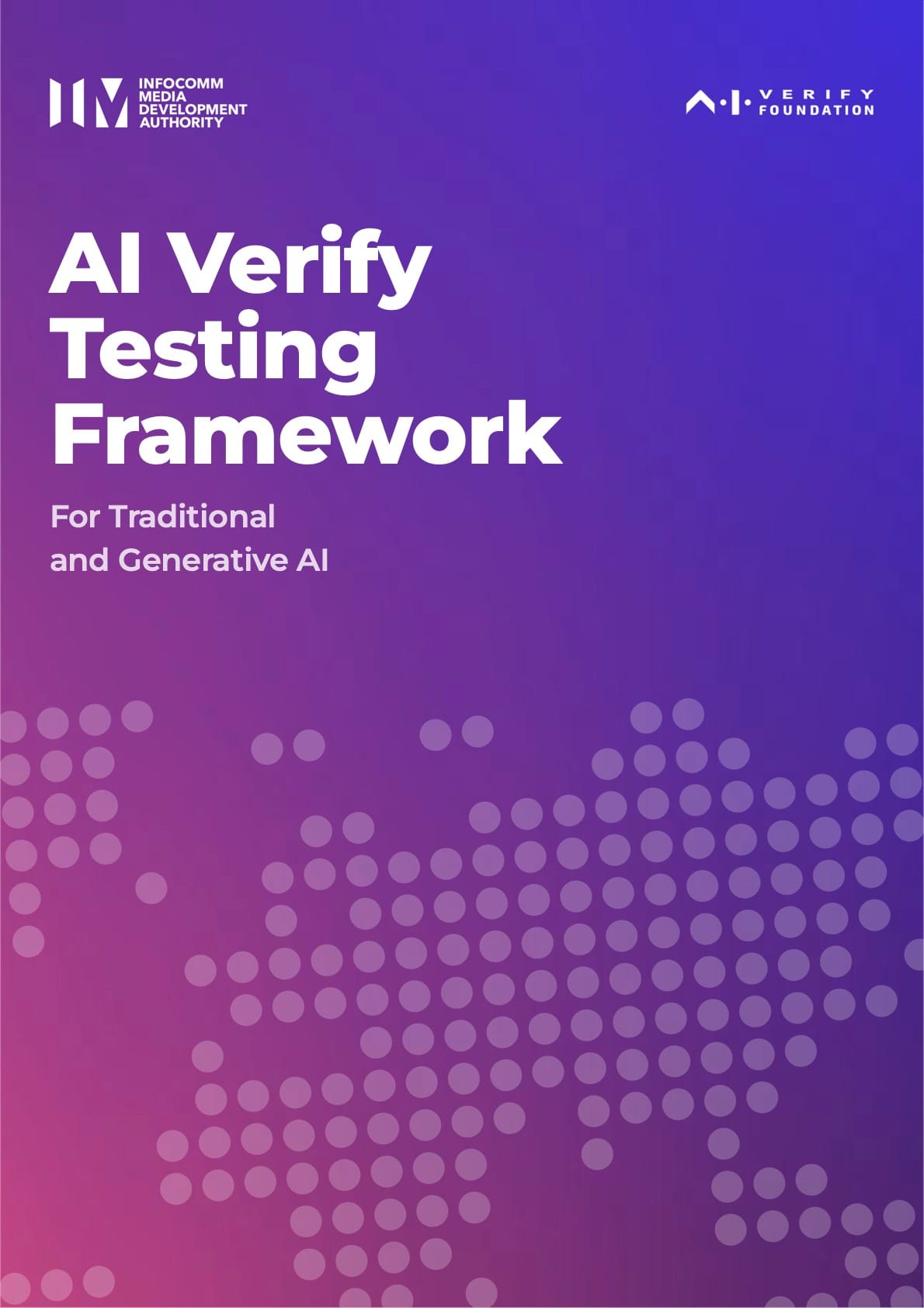✒️ Foreword
This issue is a bit different.
Think of it as a special edition dedicated entirely to one question: if your AI goes wrong, how exactly will you know — and who will be accountable when it does?
Instead of shiny use cases, we’re diving into the plumbing of AI risk management: audit frameworks, control systems, testing regimes, security threat maps, and playbooks for keeping autonomous agents on a short, well-documented leash. It’s the layer that usually lives in spreadsheets and internal wikis, but quietly decides whether an AI system ever leaves the lab.
Across these resources you’ll see a pattern: AI is increasingly treated like any other critical system. There are three lines of defence, evidence checklists, lifecycle security controls, “four eyes” approvals for agentic decisions, and even meta-maps of which risks the current governance landscape actually covers – and which are still blind spots.
The tension is familiar: risk management can smother innovation, or it can make it safe to move faster. Done lazily, it becomes AI bureaucracy and box-ticking. Done well, it gives engineers clear guardrails, auditors concrete tests, and leaders the confidence to say “yes, but under these conditions” instead of defaulting to “no”.
So as you read this special edition, treat it like a stress test for your own setup: if someone tried to trace risk, controls, and accountability across your AI systems today, would they find a real risk management practice – or just hopeful intentions scattered across decks and docs?
— Kuba
Curator, AIGL 📚
☀️Spotlight Resources
Secure AI Lifecycle (SAIL) Framework

What it is: A practical guide for building and deploying secure AI applications (Version 1.0, June 2025) developed by a consortium of AI security experts. SAIL introduces a lifecycle-based framework with 7 phases, embedding security actions and risk checks into each stage of AI development and operations. It maps over 70 AI-specific threats and vulnerabilities (from data poisoning to model evasion) to corresponding controls across the AI project lifecycle.
Why it’s worth reading: It fills the gap between high-level AI risk frameworks and technical security practices. SAIL complements NIST’s governance approach and the ISO 42001 structure by providing actionable guidance at the engineering level – from design requirements to testing and monitoring in production. Its unique value is in concretely integrating AI security into DevSecOps: threat modeling for AI, data integrity measures, adversarial robustness testing, access controls for models, etc. Following SAIL helps organizations proactively address AI’s new threat landscape while also meeting emerging compliance needs.
Best for: Security leaders, AI/ML engineers, MLOps teams, and compliance officers who are implementing AI systems. It’s essentially a playbook to ensure AI deployments are secure and trustworthy by design, aimed at anyone involved in AI system design, development, or defense.
The IIA’s Artificial Intelligence Auditing Framework

What it is: A framework published by The Institute of Internal Auditors (IIA) that guides internal audit professionals on how to evaluate and audit AI-based systems and processes. It breaks down AI governance, management, and assurance considerations, leveraging the IIA’s Three Lines Model and referencing standards like the NIST AI RMF.
Why it’s worth reading: Organizations increasingly look to internal auditors for guidance on AI risks and controls. This framework helps auditors build baseline knowledge of AI, covering its unique risk areas and best practices for oversight. It provides practical direction on scoping AI in audits, evaluating governance structures, assessing model management and data controls, and addressing ethical and regulatory compliance. In short, it translates abstract AI risks into concrete audit checkpoints and questions.
Best for: Internal auditors, risk & compliance teams, and governance professionals who need to assess AI systems’ reliability and compliance. It’s also useful for business leaders to understand what good AI oversight looks like from an assurance perspective.
AI Verify Testing Framework (IMDA, Singapore)

What it is: A practical testing and assessment framework developed as part of Singapore’s AI Governance initiatives (“AI Verify”). It provides a checklist-based approach for companies to assess their AI systems against 11 internationally-recognised AI governance principles (such as Transparency, Explainability, Fairness, Accountability, etc.). The framework is designed to be consistent with global AI governance frameworks (OECD, EU, US, etc.).
Why it’s worth reading: It offers a hands-on, process-oriented toolkit for responsible AI. For each principle, the framework defines desired outcomes, concrete process steps, and evidence to gather. This turns high-level ethics principles into actionable items – e.g. how to document transparency efforts or perform bias mitigation checks – and includes an internal self-assessment checklist to track completion. Essentially, it operationalizes AI ethics and risk management in a way that can be integrated into an organization’s internal compliance or audit processes.
Best for: AI developers and product teams, compliance and AI ethics officers, and external auditors. It’s especially useful for those who want a clear, evidence-based method to verify that AI systems meet governance benchmarks.
“AI Security Framework” White Paper (Snowflake)

What it is: A white paper (from Snowflake’s data security team) that catalogues the key security risks and attack vectors for AI/ML systems, along with mitigation strategies. It offers an extensive list of AI threat scenarios – from training data leakage and privacy breaches to model bias, backdoors, prompt injection, adversarial examples, model theft, data poisoning, and more – and provides recommendations to counter each threat.
Why it’s worth reading: This resource gives a clear, accessible overview of AI security vulnerabilities that could lead to catastrophic consequences if unchecked (e.g. compromised models causing accidents or misinformation). Each threat is explained in practical terms with real-world examples of what could go wrong and how attackers might exploit AI systems. Crucially, it pairs each risk with mitigation tactics and best practices (e.g. differential privacy for data leakage, adversarial training for robustness, access controls for model theft). It’s a great one-stop reference to ensure you’re not overlooking any major AI security issues.
Best for: Machine learning engineers, cybersecurity professionals, and AI product teams. If you’re responsible for securing AI models or data, this framework helps you identify potential threats systematically and harden your AI systems against attacks.


